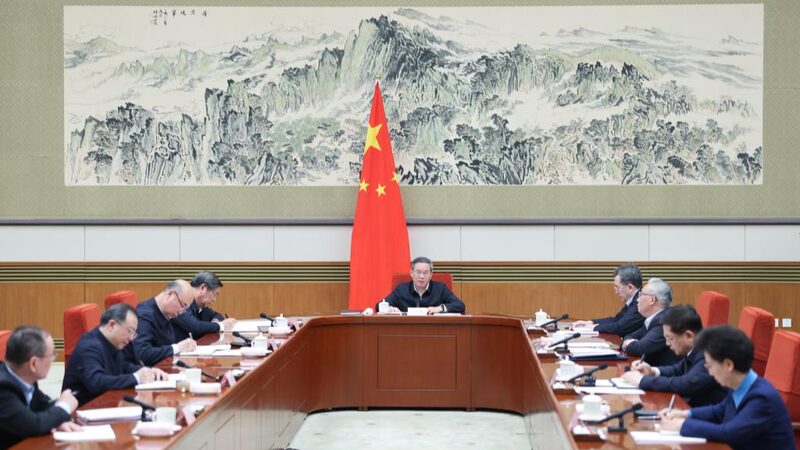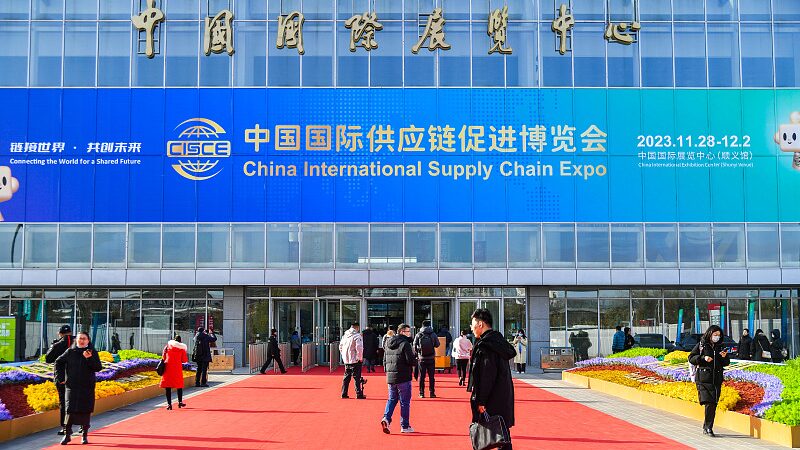As the world navigates a polycrisis era—think inflation battles, supply chain shakeups, and geopolitical tension—China’s push for a unified national market is emerging as a game-changer. Yves Leterme, former prime minister of Belgium, recently highlighted this at the Understanding China Conference, calling it a “key engine” for global growth. 🔥
Why Dual Circulation Matters
China’s “dual circulation” strategy, part of its 14th Five-Year Plan, aims to boost domestic consumption while keeping global trade in its orbit. Leterme notes this could smash provincial protectionism and create a “level playing field”—turbocharging innovation and middle-class growth. 💡 Translation? More opportunities for global businesses in tech, services, and B2B markets.
From Stagflation to Solutions
With mature economies stuck in stagflation limbo, China’s market unification could offer stability. Leterme stressed that multilateral cooperation is non-negotiable: “Trust walks in slowly but gallops away.” 🐎 The call aligns with President Xi Jinping’s push to revive global partnerships and tackle challenges like the UN’s Sustainable Development Goals (SDGs).
The Bigger Picture
Since its economic opening 40+ years ago, China has lifted millions from poverty while becoming a global growth MVP. Now, its unified market vision could redefine supply chains and tech standards worldwide. Leterme’s take? “Shared prosperity needs teamwork”—and this strategy might just be the playbook. 🌐✨
Reference(s):
China's unified national market brings new dynamics for the globe
cgtn.com





